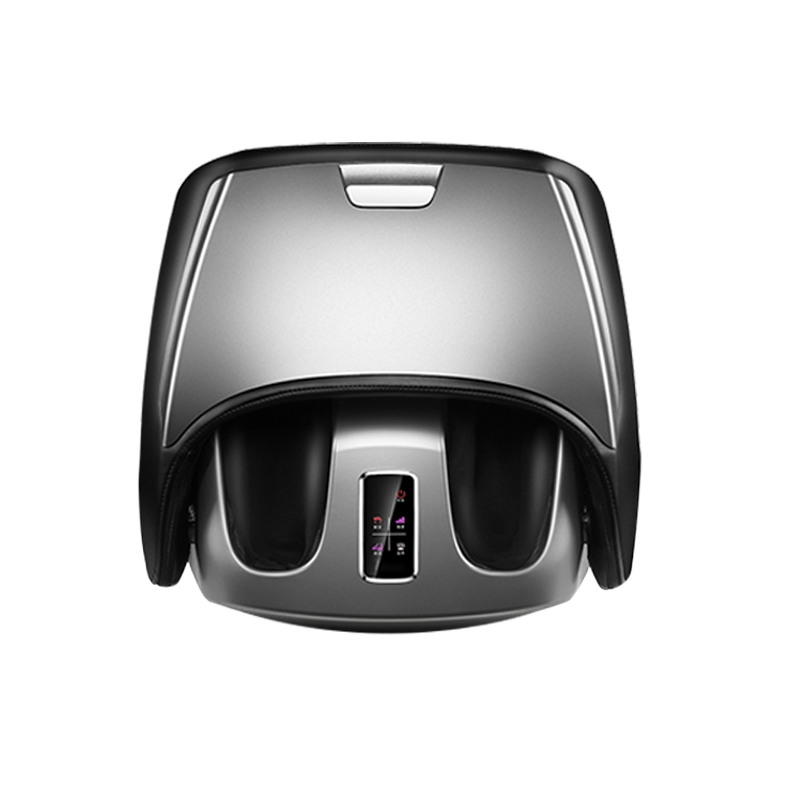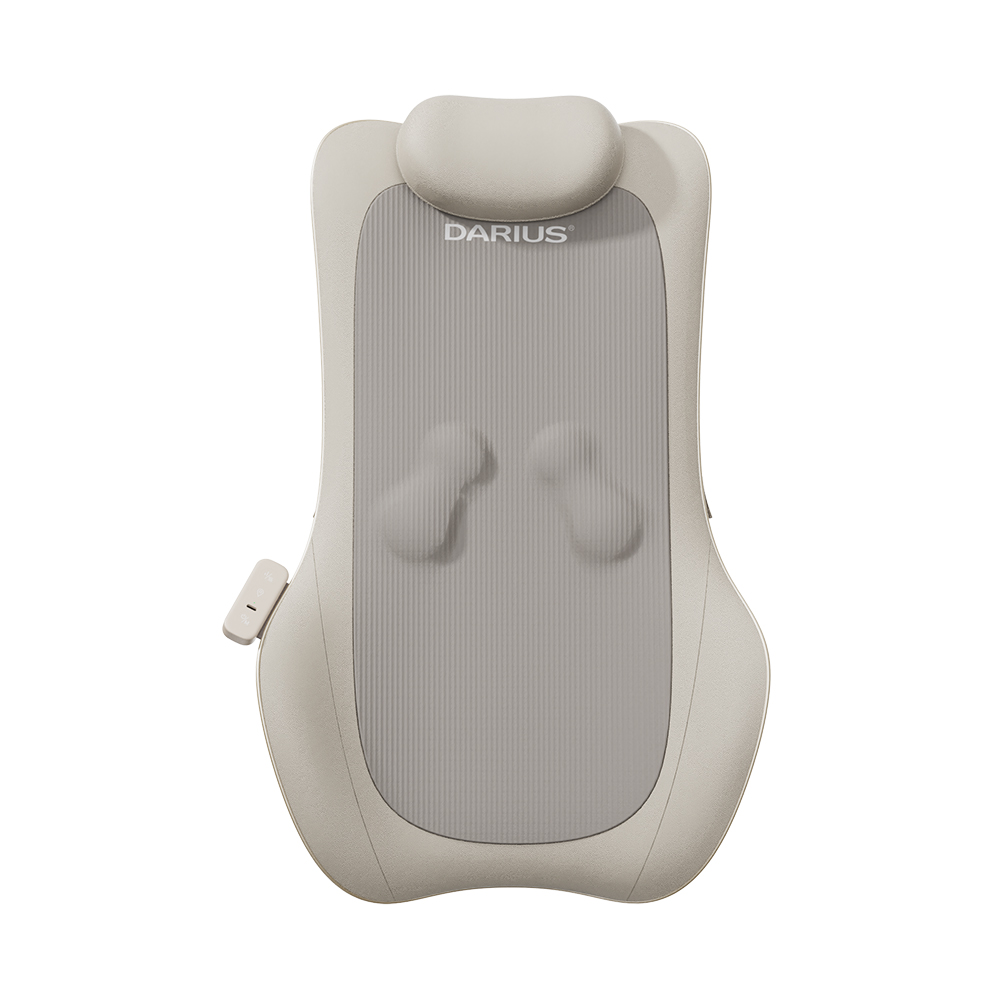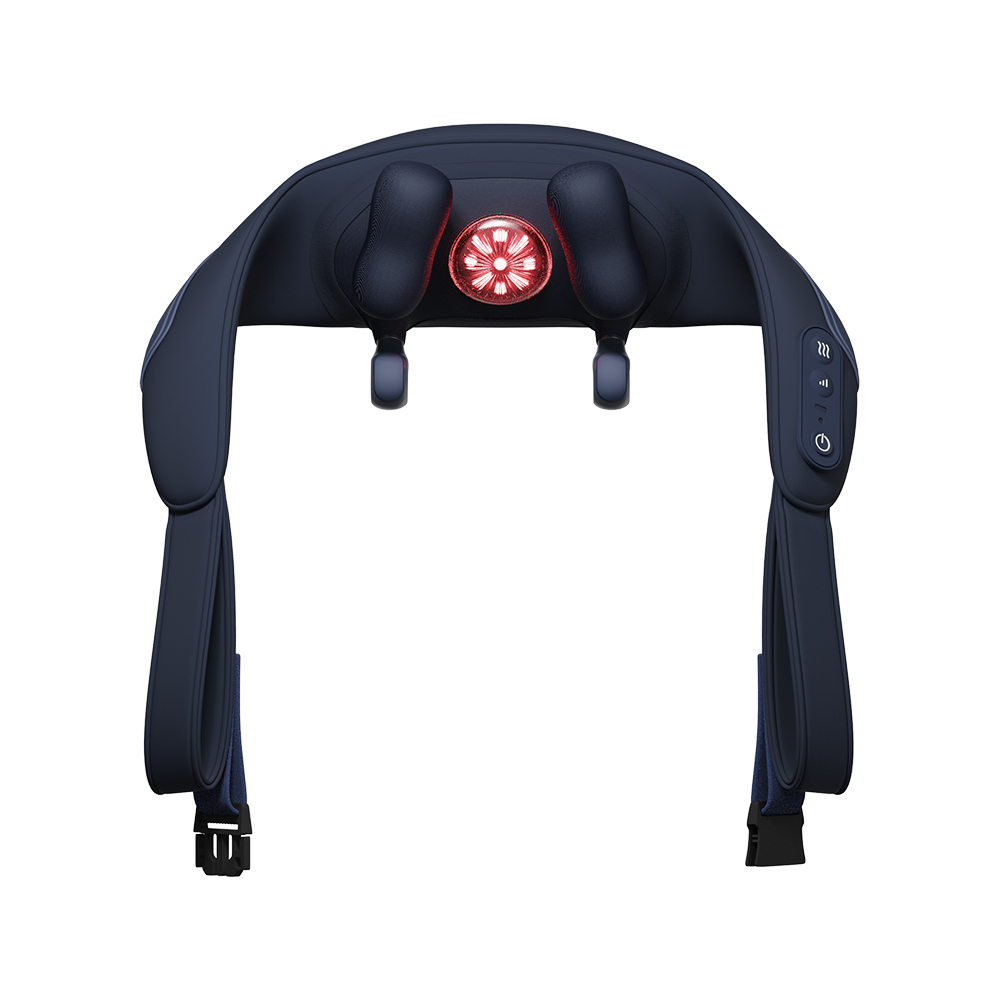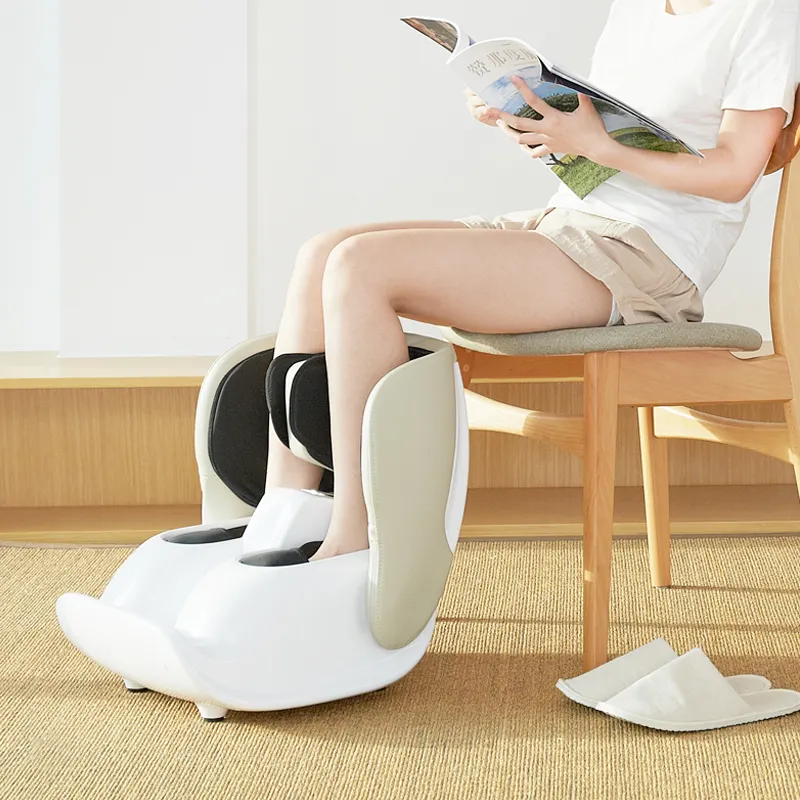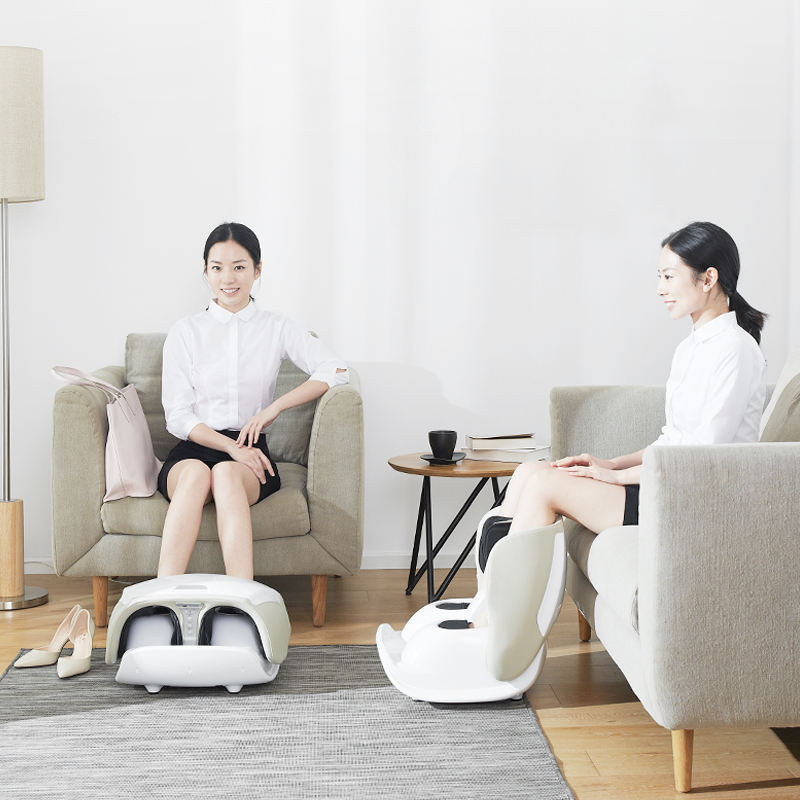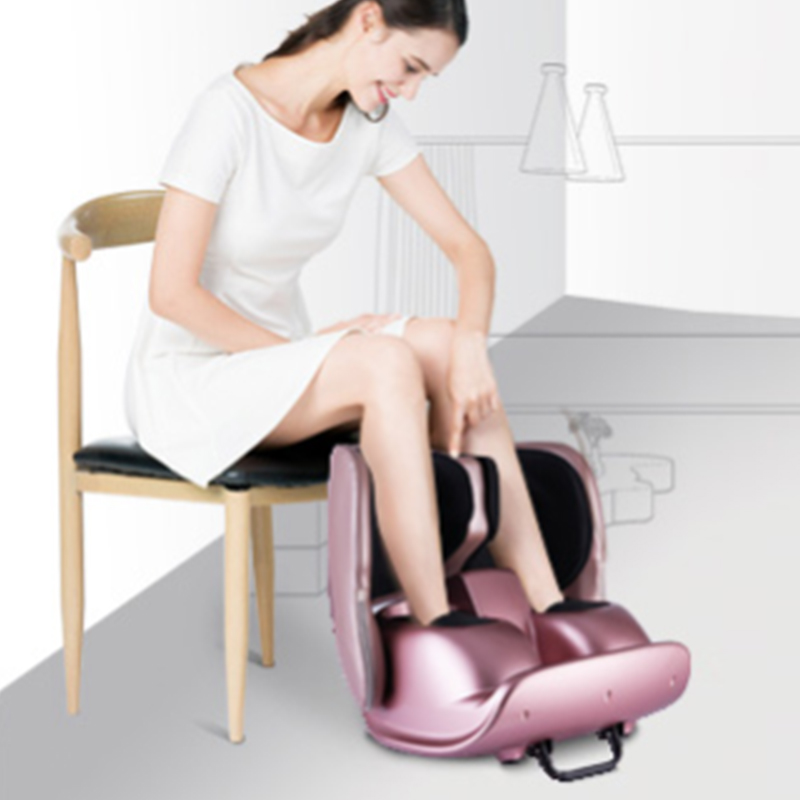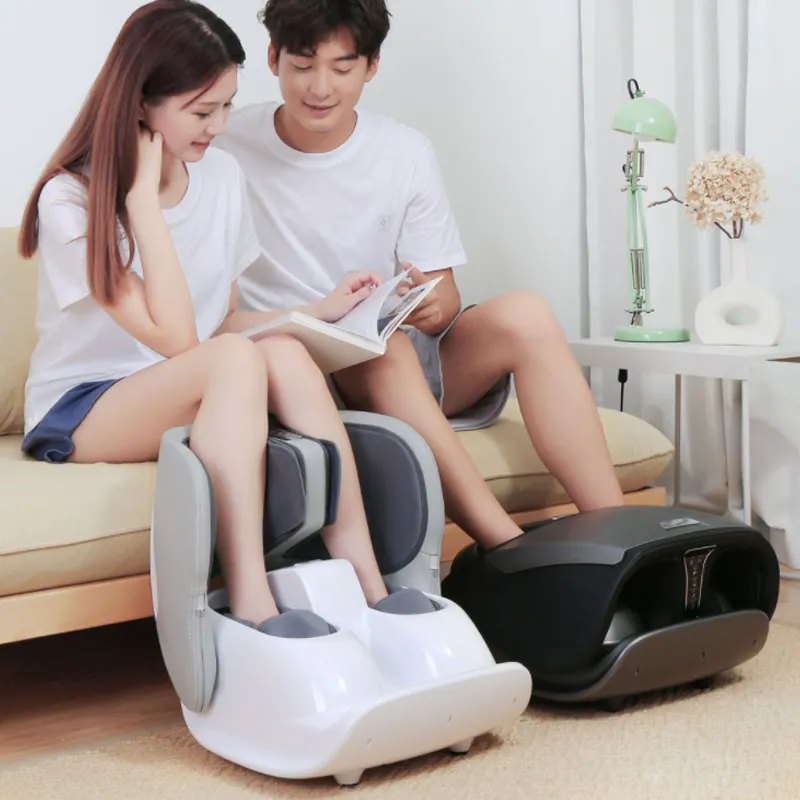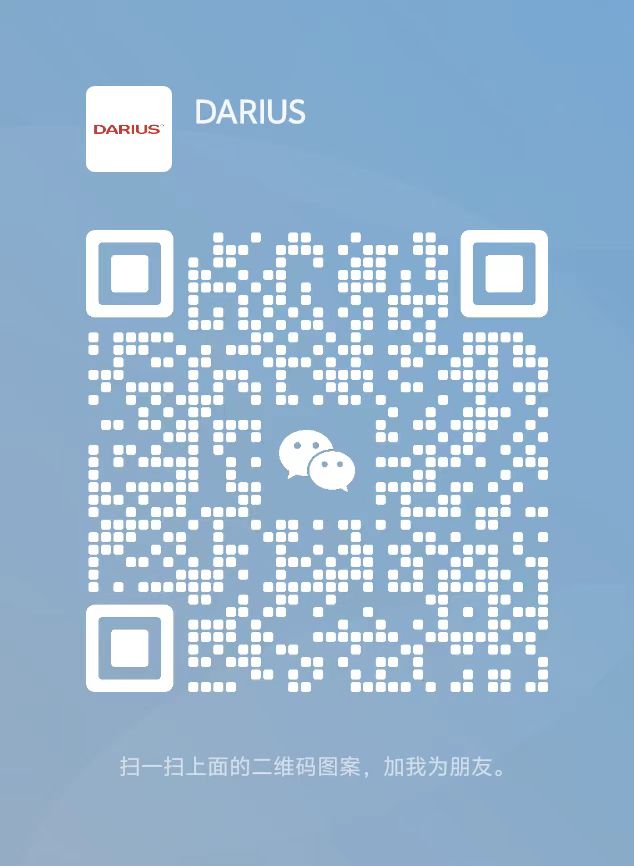From Traditional to Smart: How Massager Manufacturers Leverage IoT to Gain Market Advantage

The global massage equipment market is projected to reach $16.6B by 2027, but traditional vibration-based devices face margin erosion. IoT integration has emerged as the ultimate differentiator, transforming basic massagers into intelligent health partners that command 30-50% price premiums. Here's how manufacturers are rewriting the rules.
4 IoT-Driven Strategies Redefining Massage Technology
1. Personalization at Scale: From Generic to Genetic
Smart massagers now combine Biometric IoT sensors with machine learning to adapt treatments:
- Pressure adjustment based on real-time muscle stiffness data
- Session duration optimized via heart rate variability (HRV) tracking
- Posture correction suggestions using built-in posture analysis AI
Example: OSIM's uDream Pro chair uses 20+ sensors to create personalized spinal alignment programs.
2. Remote Therapy Enablement
5G-enabled devices allow:
- Physiotherapists to prescribe/tweak massage routines remotely
- Family members to control elderly users' pain management sessions
- Corporate wellness programs with centralized usage analytics
3. Predictive Maintenance & Revenue Models
IoT transforms business models:
| Feature | Impact |
|---|---|
| Motor health monitoring | Reduces warranty claims by 40% |
| Subscription-based premium routines | Generates recurring revenue (avg. $15/month) |
4. Smart Home Integration
Leading brands now support:
- Voice control via Alexa/Google Home
- Auto-sync with sleep data from Fitbit/Apple Health
- Scene integration (e.g., "Recovery Mode" dims lights & plays meditation tracks)
Market Differentiation Tactics
Case Study: Hyperice's API-First Strategy
The recovery tech giant achieved 217% YoY growth by:
- Launching open APIs for fitness app integration
- Creating corporate wellness packages with Salesforce integration
- Offering white-label IoT firmware to smaller brands
Implementation Roadmap
Key steps for manufacturers:
- Phase 1: Add Bluetooth/WiFi with basic app control
- Phase 2: Implement sensor fusion (IMU + pressure mapping)
- Phase 3: Build AIoT cloud platform for data monetization













